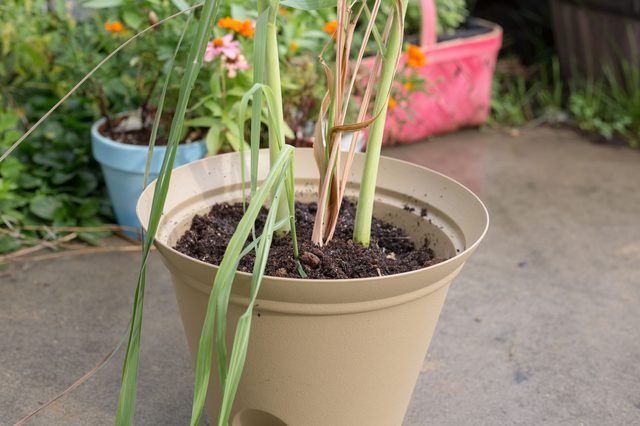Bulbs
Flower Basics
Flower Beds & Specialty Gardens
Flower Garden
Garden Furniture
Garden Gnomes
Garden Seeds
Garden Sheds
Garden Statues
Garden Tools & Supplies
Gardening Basics
Green & Organic
Groundcovers & Vines
Growing Annuals
Growing Basil
Growing Beans
Growing Berries
Growing Blueberries
Growing Cactus
Growing Corn
Growing Cotton
Growing Edibles
Growing Flowers
Growing Garlic
Growing Grapes
Growing Grass
Growing Herbs
Growing Jasmine
Growing Mint
Growing Mushrooms
Orchids
Growing Peanuts
Growing Perennials
Growing Plants
Growing Rosemary
Growing Roses
Growing Strawberries
Growing Sunflowers
Growing Thyme
Growing Tomatoes
Growing Tulips
Growing Vegetables
Herb Basics
Herb Garden
Indoor Growing
Landscaping Basics
Landscaping Patios
Landscaping Plants
Landscaping Shrubs
Landscaping Trees
Landscaping Walks & Pathways
Lawn Basics
Lawn Maintenance
Lawn Mowers
Lawn Ornaments
Lawn Planting
Lawn Tools
Outdoor Growing
Overall Landscape Planning
Pests, Weeds & Problems
Plant Basics
Rock Garden
Rose Garden
Shrubs
Soil
Specialty Gardens
Trees
Vegetable Garden
Yard Maintenance
How to Grow Lemon Grass
How to Grow Lemon Grass. Lush, aromatic lemon grass (Cymbopogon citratus) can fit into any garden -- even if only for one season. Lemon grass, an Asian herb with thick stalks that impart a lemony flavor when cooked, is an evergreen perennial in U.S. Department of Agriculture plant hardiness zones 10 and 11, but can be grown to harvestable size as...
Lush, aromatic lemon grass (Cymbopogon citratus) can fit into any garden -- even if only for one season. Lemon grass, an Asian herb with thick stalks that impart a lemony flavor when cooked, is an evergreen perennial in U.S. Department of Agriculture plant hardiness zones 10 and 11, but can be grown to harvestable size as an annual in any zone. Set out small lemon grass plants at any time where it is evergreen, and after all danger of frost has passed elsewhere.
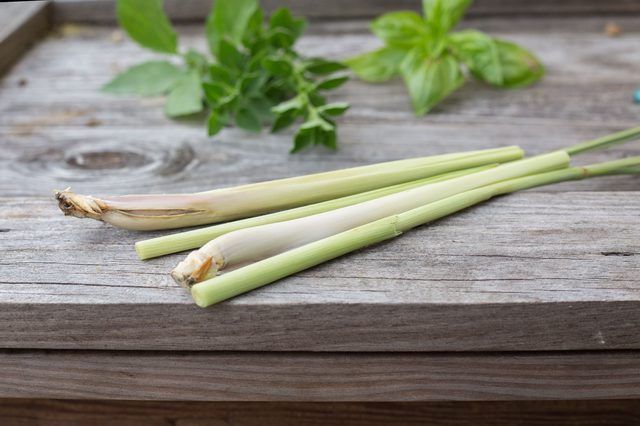
Things You'll Need
Shovel
Compost
Mulch
Water-soluble fertilizer
Watering can
Hose
Pot (optional)
Step 1
Spread a 2- to 4-inch-thick layer of compost over an area of garden soil that drains well and receives at least eight hours of sun per day. Allow enough room for at least 3 feet between lemon grass plants or between the lemon grass plant and other plants. Dig the compost into the soil with a shovel to a depth of 4 to 6 inches.
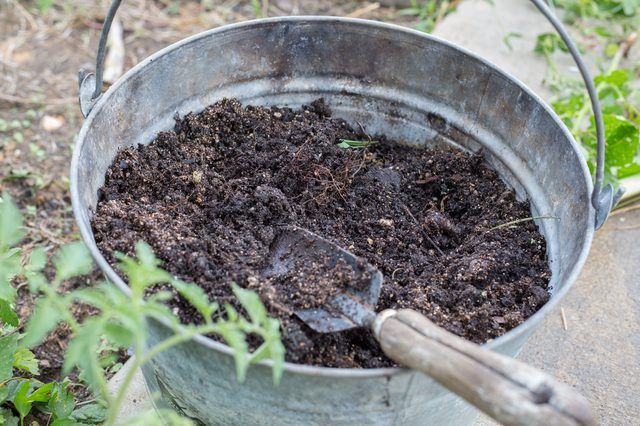
Step 2
Set the plant into the prepared soil at the depth it was in the nursery pot, and water in well.
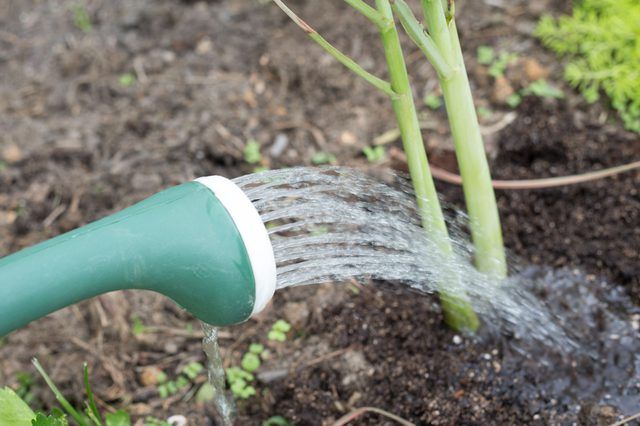
Step 3
Water lemon grass plants deeply and regularly -- never letting the soil dry out -- when rain doesn't provide the necessary moisture. It commonly grows slowly at first, and puts on height quickly during the hottest part of the summer. The plant responds well to humid weather, though frequent misting can improve its performance.
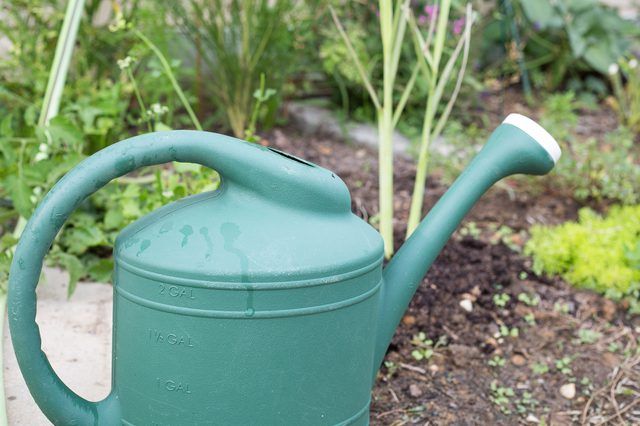
Step 4
Apply a 2- to 4-inch layer of mulch around lemon grass plants to help the soil retain moisture.
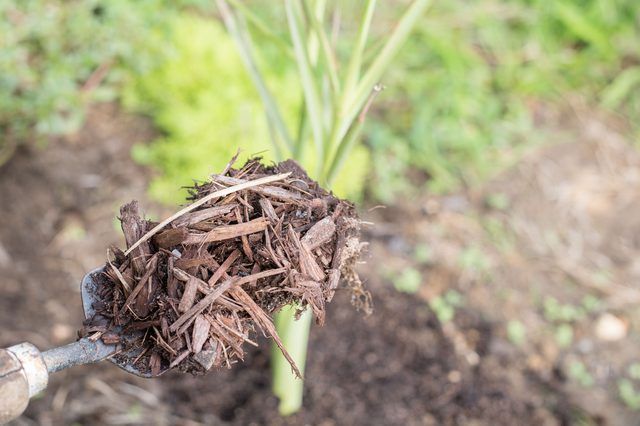
Step 5
Feed lemon grass with a high-nitrogen, water-soluble fertilizer once a month throughout the summer months, mixed at half the recommended label rate. For a 24-8-16 product, this would be 1/2 tablespoon per gallon of water.
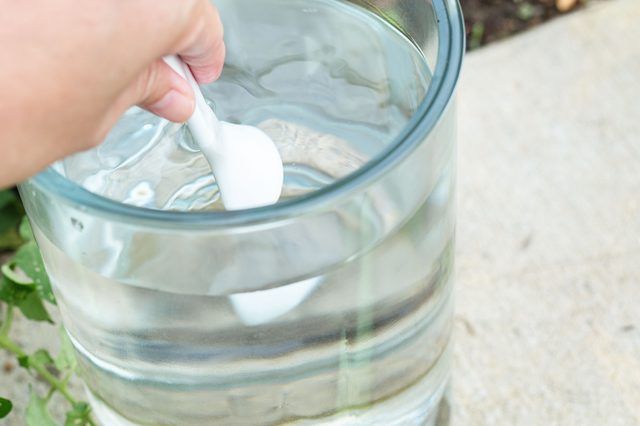
Step 6
Check lemon grass for the white and yellow specks left by tiny spider mites or the small red spots of leaf blight -- although the plant is generally resistant to pests and diseases if grown in the recommended conditions. Spray infested plants with strong blasts of water from a hose to dislodge mites, repeating as you notice insect damage. Hand pick and discard any leaves that show signs of blight.
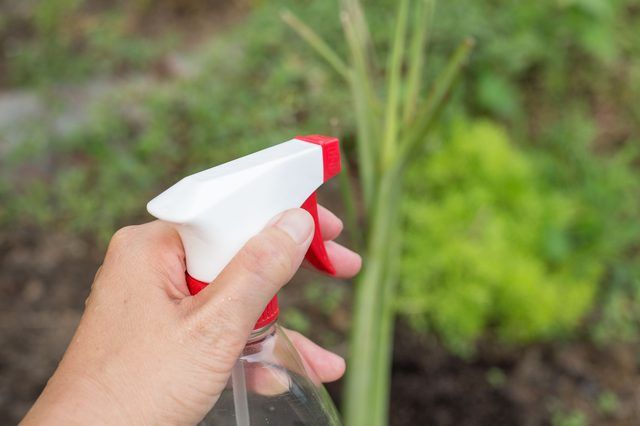
Step 7
Dig up a clump of the lemon grass plant from around the edge of the plant -- or the whole plant if it's not too big -- and place it in a pot with potting soil before the first frost below USDA zone 10 if you want to over-winter your lemon grass. Put the pot in the coolest spot in your home or garage that stays above freezing; reduce the water to a light watering once a month to let the plant go dormant. Resume watering in early spring, and plant the lemon grass out again after the last frost. Make sure to use a container that drains.
